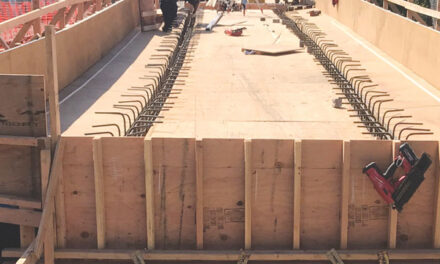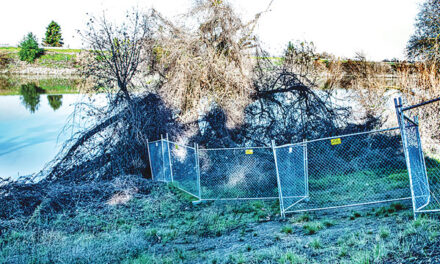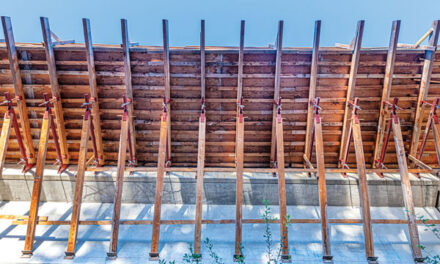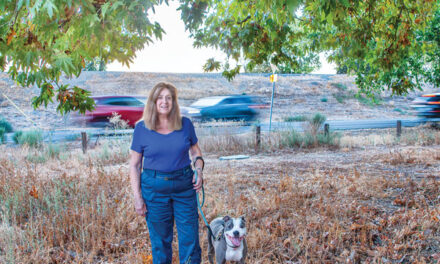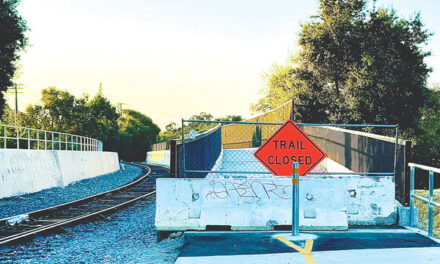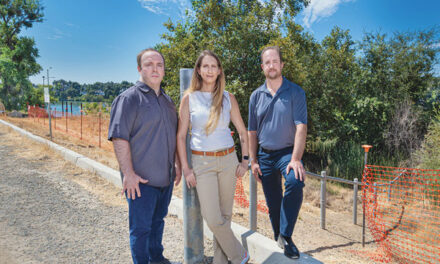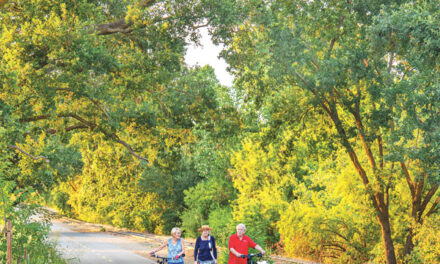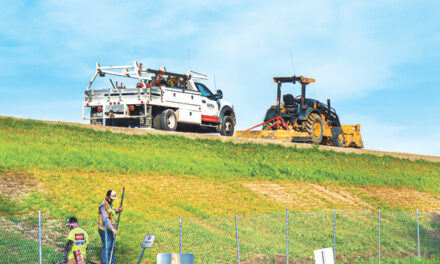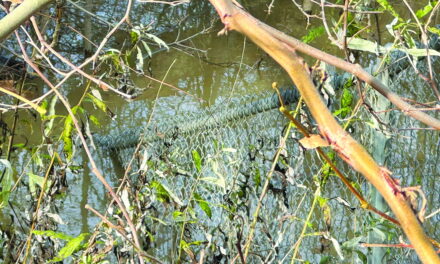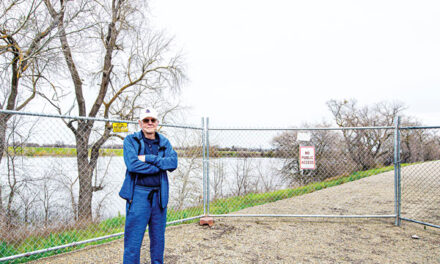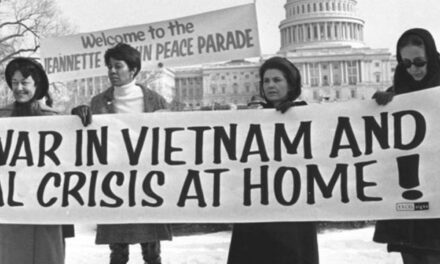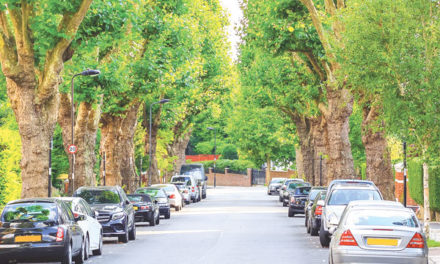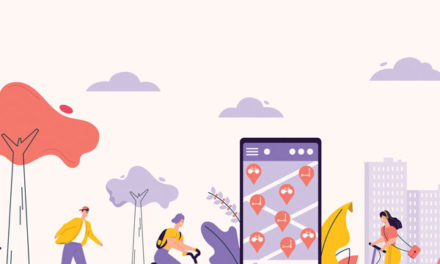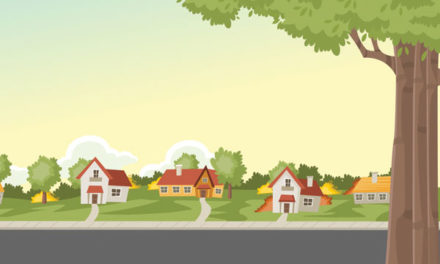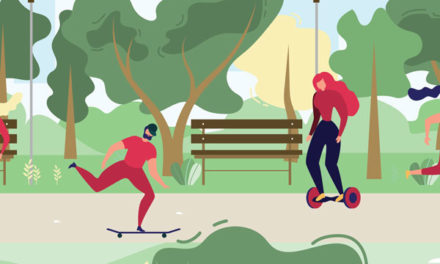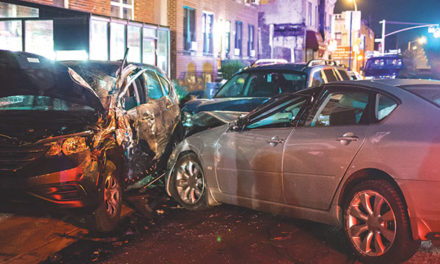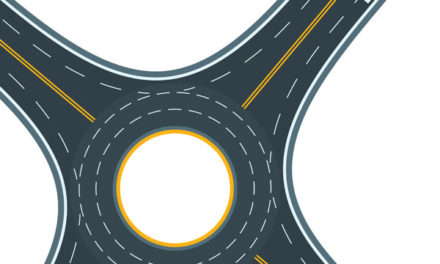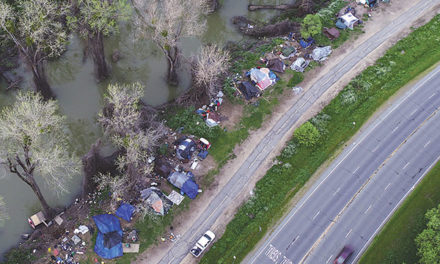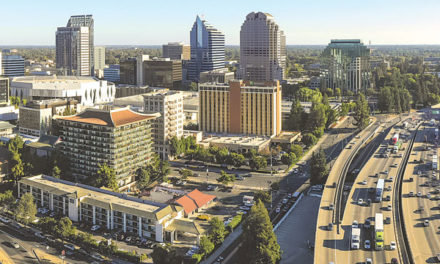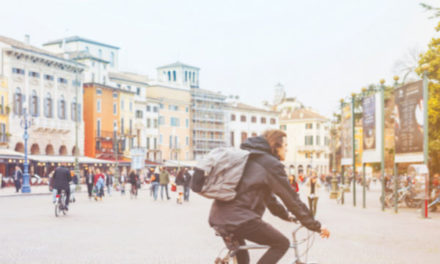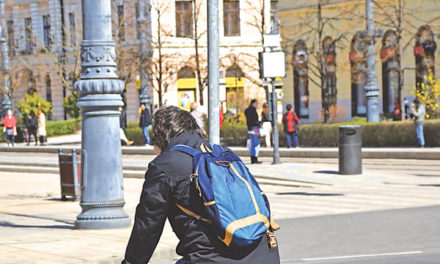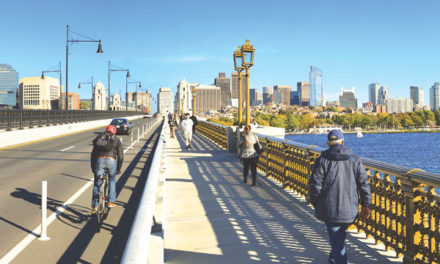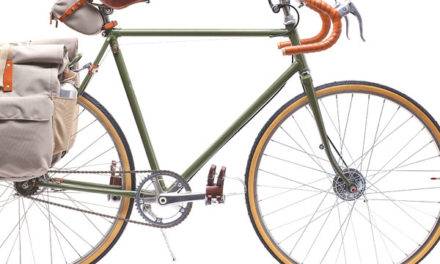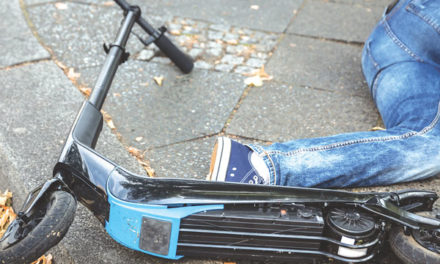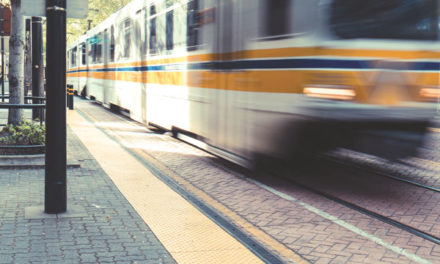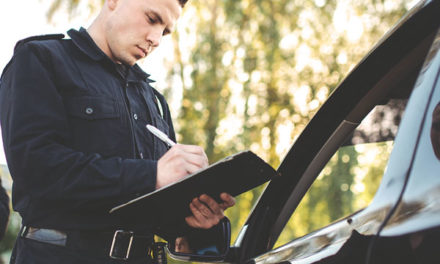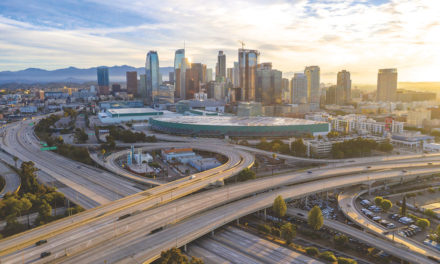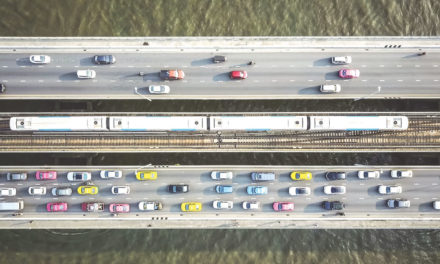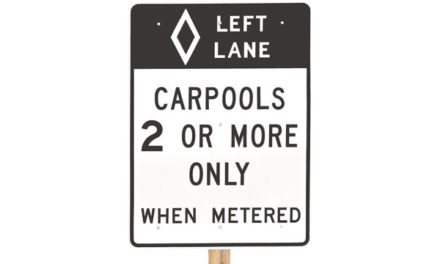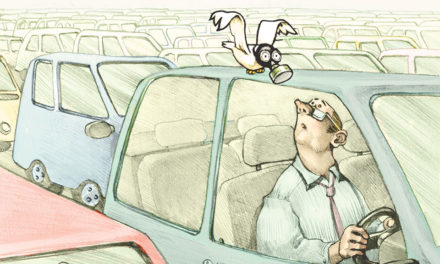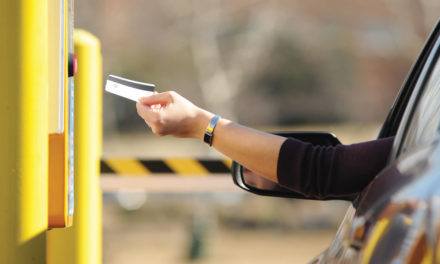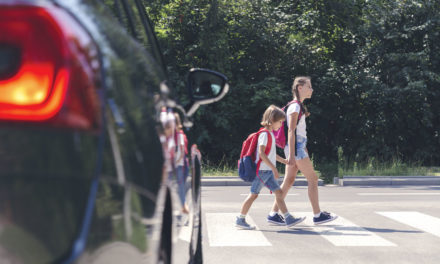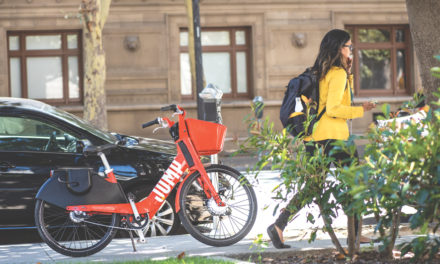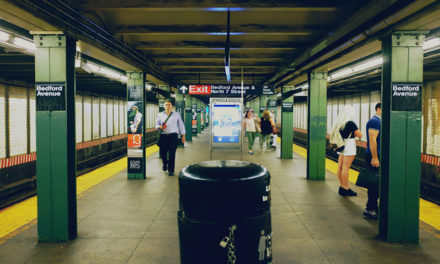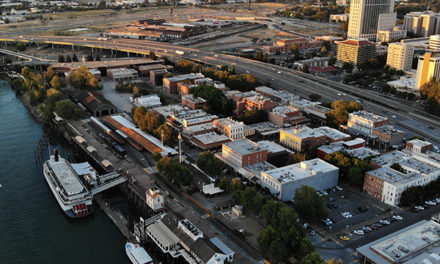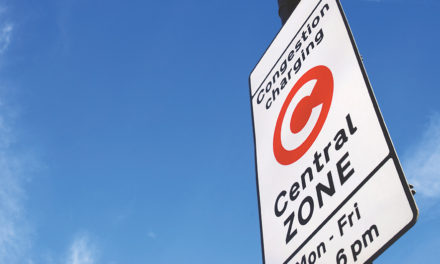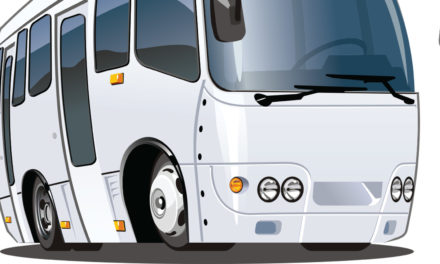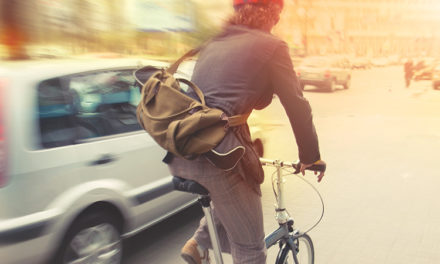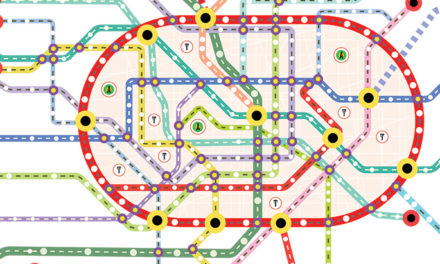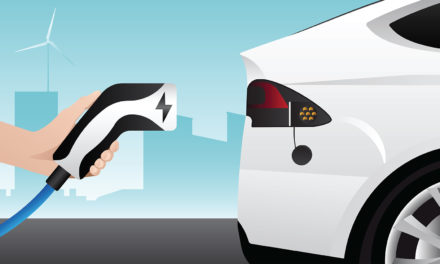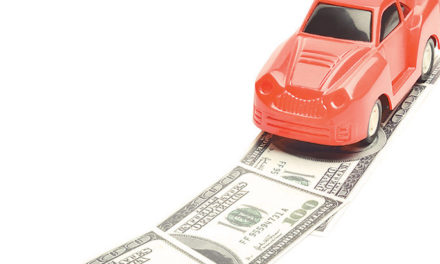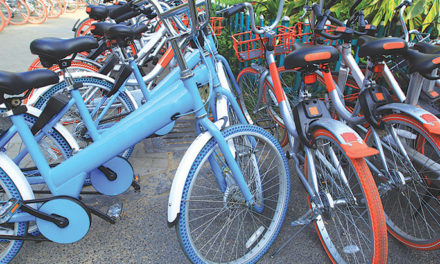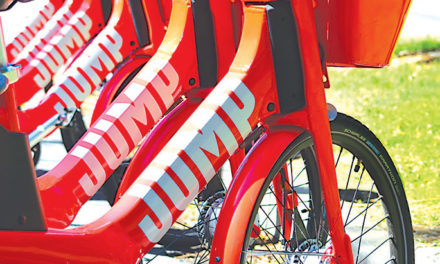My Trip to Costco
A river flows through it
By Walt Seifert
June 2018
Most people shop at Costco like they’re survivalists stocking up for Armageddon’s aftermath. They purchase massive quantities and trundle the goods to their cars via ginormous carts and wheeled pallets. Recently, I needed only a single item that I knew Costco carried. I was unsure about finding it anywhere else. I thought, “Why not bike to Costco, get a little ride in and enjoy the trip?” I found out why not.
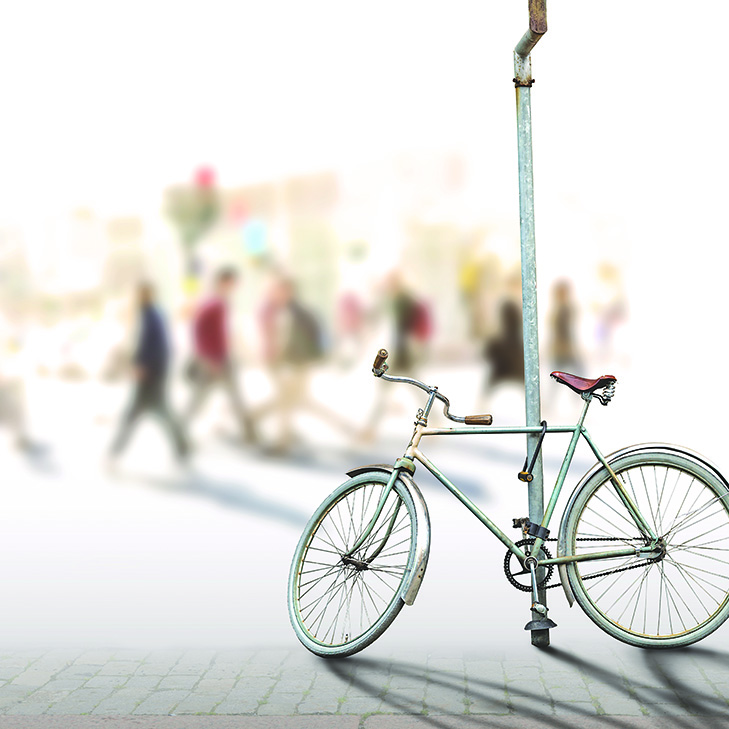
As the crow flies, the Expo Parkway Costco is just over 2 miles from my East Sacramento home. That’s a distance that can be easily biked in 10 minutes. However, crows don’t have to worry about crossing the American River. For those of us using earthbound transportation, a bridge is required. For me, the bridge that would be most convenient, the one carrying the Capital City Freeway, allows neither pedestrians nor bikes. It’s for motor vehicles only.
To cross the river by bike, my choices are either the former Sacramento Northern Railway bridge, now converted to bicycle and pedestrian use (behind the Blue Diamond Growers almond factory), or the H Street Bridge. I headed out toward the Sacramento Northern Bikeway.
The ride through East Sacramento and Midtown was fine. The trailhead for the Sacramento Northern is near 20th and C streets. The scenery there changes dramatically. There are no historic homes and no shade.
Instead, there’s rampant graffiti alongside the Union Pacific tracks. There are also many conspicuous homeless campsites along the trail edge, with attendant piles of trash nearby. A female cyclist I talked to this weekend said such conditions creeped her out. Once you’re on the American River Parkway trail, the surroundings are more scenic and less impacted.
A steep ramp took me to the levee top, and an access trail connected nicely to Expo Parkway. Even better would have been a parkway access direct to the REI and Costco parking lots, but no connection was added when the stores were built. (Maybe Costco didn’t want passing cyclists to horn in on the churros, pizza slices and hot dogs on offer.) By the time I got to Costco, 30 minutes had passed. The ride was 5.7 miles, almost tripling the distance and time needed for a theoretical direct route.
Once at Costco, I had to figure out what to do with my bike. Ideally, bike racks for retail stores and other commercial uses are located near a main entrance. That’s where they are easy to find and most convenient. Also, it’s where they are well-observed by passersby, which helps prevent theft of bikes and components. At Costco, not only could I not find a bike rack near the entrance—I couldn’t spot a rack anywhere. That’s not a welcoming sign, but it’s not an unusual situation for bicyclists. Improvising seems to come with the territory. I locked my bike to a pole in the parking lot.
Costco has parking for more than 500 cars. Cars are clearly welcomed there. Without a doubt, most customers need a car to haul away the goods to stock their bunkers. Yet shouldn’t any busy destination have a place where one or two bikes can be safely and conveniently locked?
On my return home, just to compare, I came back via the H Street Bridge. The trip was almost exactly the same distance (5.8 miles) and took the same time, half an hour. Crossing the bridge requires riding on a too-narrow sidewalk and trying to squeeze by pedestrians and other cyclists going in the opposite direction. My wife describes this experience as harrowing.
I have the flexibility to spend more time than the average person on getting places. When I use my bike for transportation, I can appreciate the enjoyment of the ride itself and the physical benefits. Most people are much more time limited. They can’t afford to spend an hour on a trip they could make in 10 or 20 minutes by car.
If Sacramento is to achieve its tantalizing potential as a truly bicycle-friendly city, it must address its riverine barriers and how bicyclists are welcomed at destinations. Bicycling needs to be not only safer safer but more convenient. Midtown is a very good place to ride a bike with its shaded streets, short blocks offering a variety of routes, bike lanes and numerous destinations, many with new bike racks. Those conditions don’t exist in every, or even most, neighborhoods. They should.
Two of California’s premier rivers flow through Sacramento. Sacramento is fundamentally a river city. An inability to quickly and conveniently get across the Sacramento or American River severely limits travel choices. Inevitably, because of that, more people choose to drive and, in so doing, generate vehicle traffic that we don’t need.
I don’t expect it, but I’d love to see more bikes at Costco (maybe with heavy-duty trailers to haul all that stuff).
Walt Seifert is executive director of Sacramento Trailnet, an organization devoted to promoting greenways with paved trails. He can be reached at bikeguy@surewest.net.



